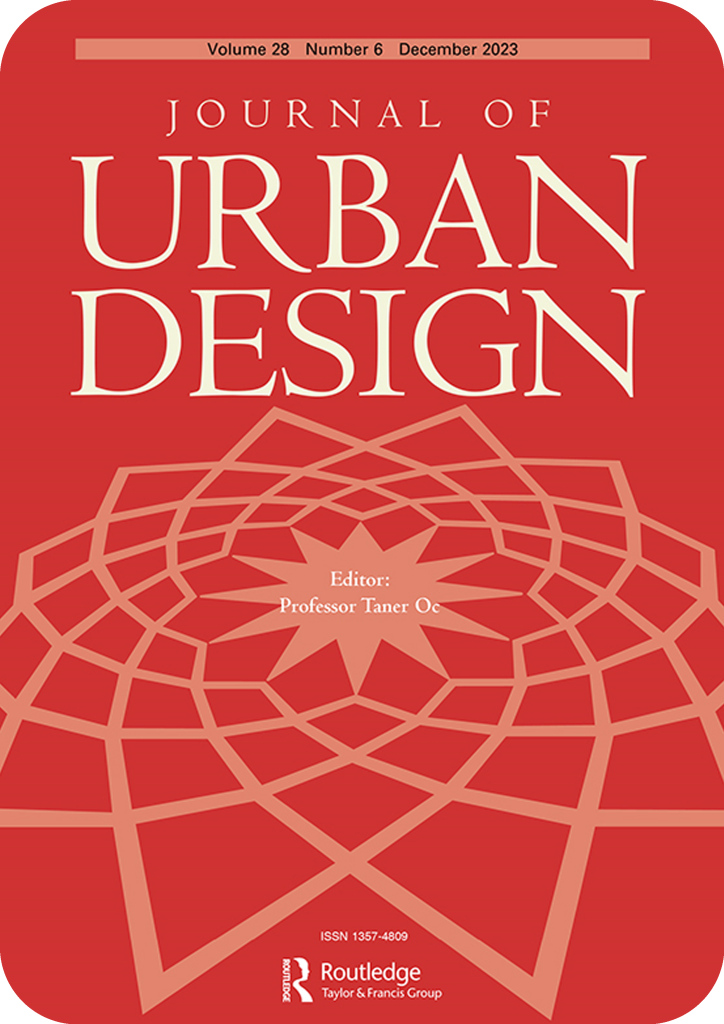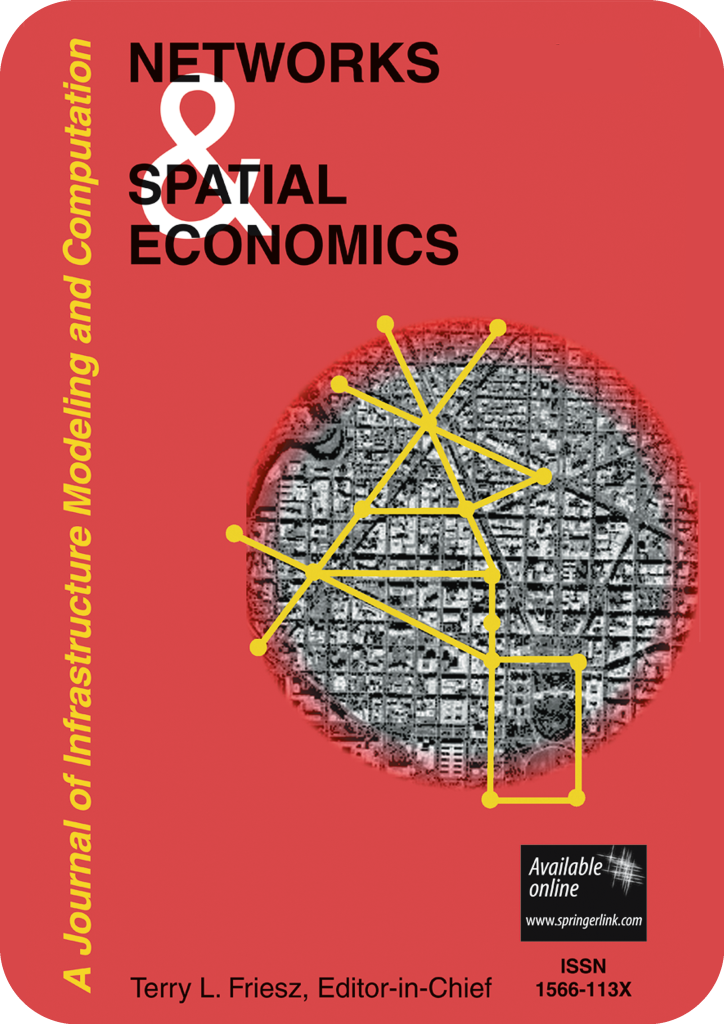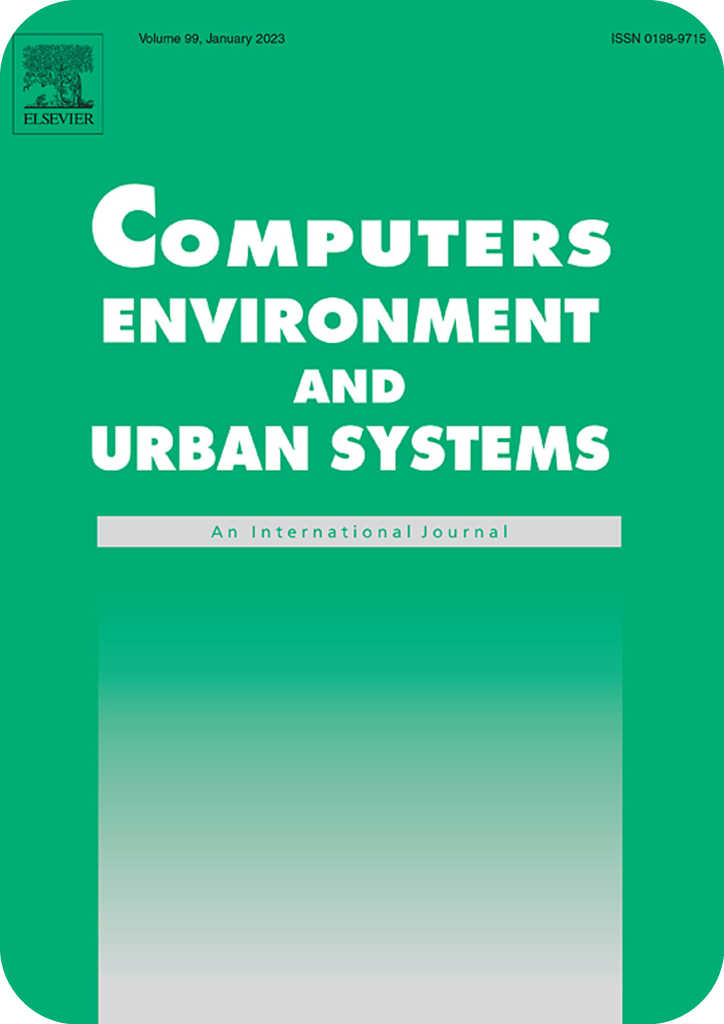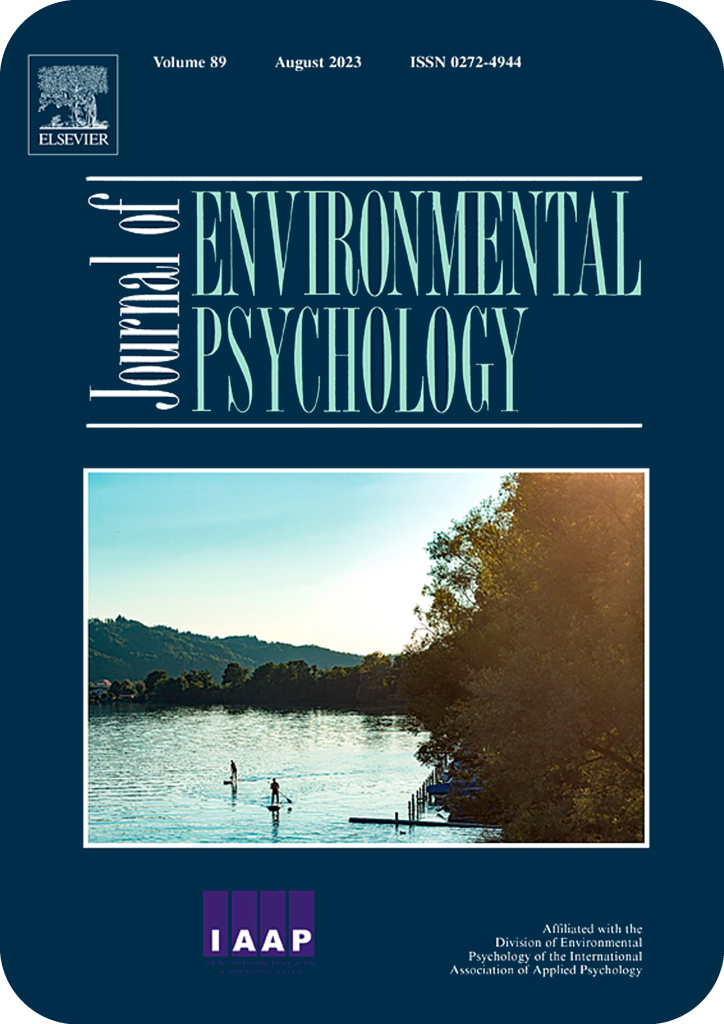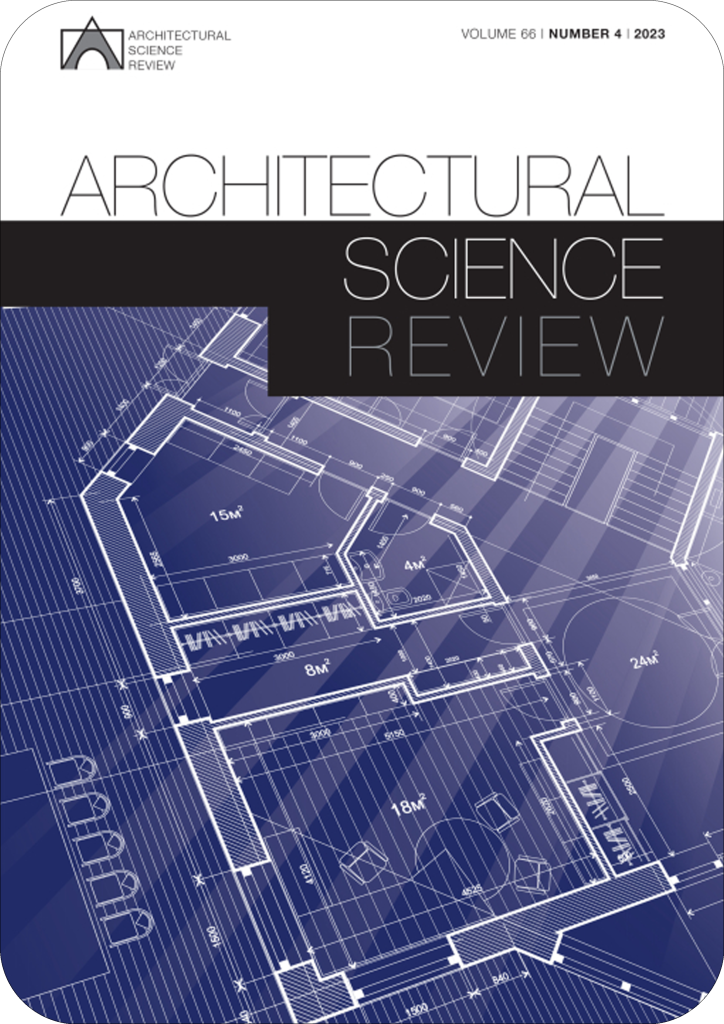
Abstract: The use of virtual reality has its roots in visual communication science but disparate mechanisms and applications set it apart from the many tools of visualization. This paper reviews the use of virtual reality (VR) environments for research and teaching in the context of three disciplines: architecture, landscape architecture and environmental planning. As opposed to other uses of virtual environments, for example, in the health sciences or engineering, simulations using virtual reality theatres or labs in the three fields we explore are used to display inaccessible realities. VR environments are typically used in these fields for planned and designed realities, not yet existent or with nonexistent components. Each field has different reasons for spatial or temporal inaccessibility to reality, prompting the need and eventually the capability to achieve various levels of accuracy in the virtual setting. We describe current VR research opportunities and challenges in each discipline and emphasize what they can gain from sharing virtual reality systems for research and education.
More Papers

